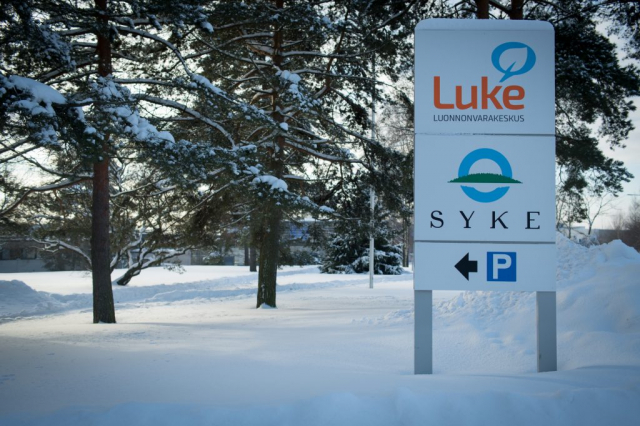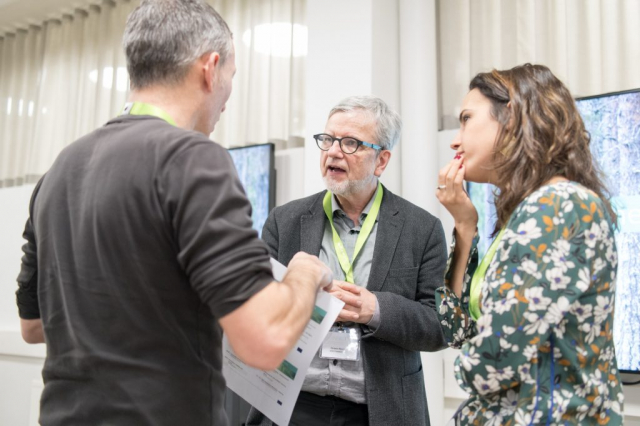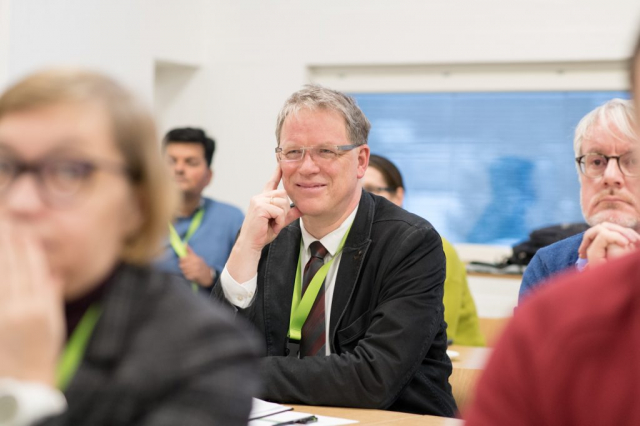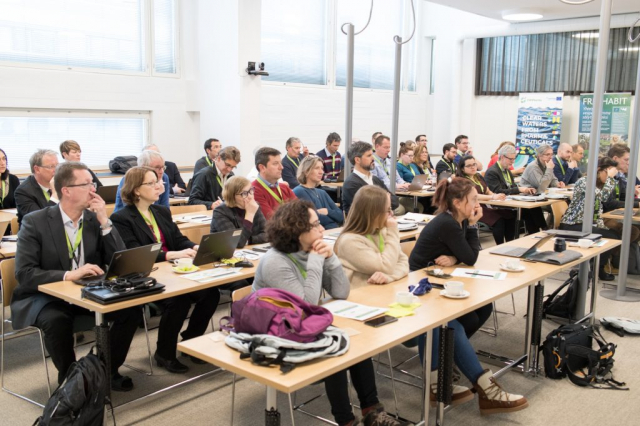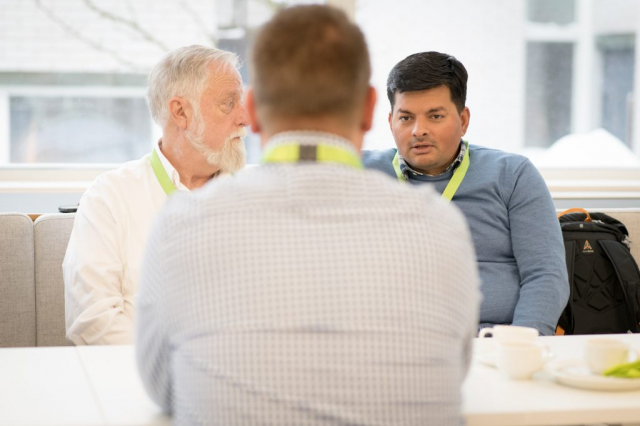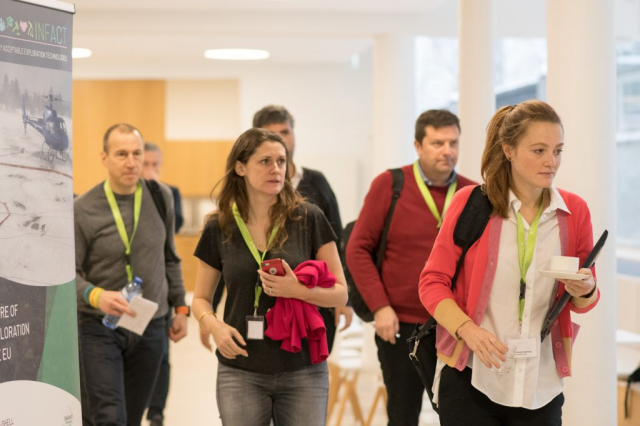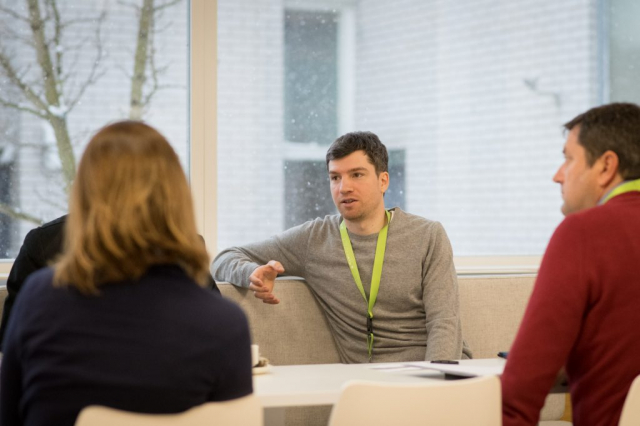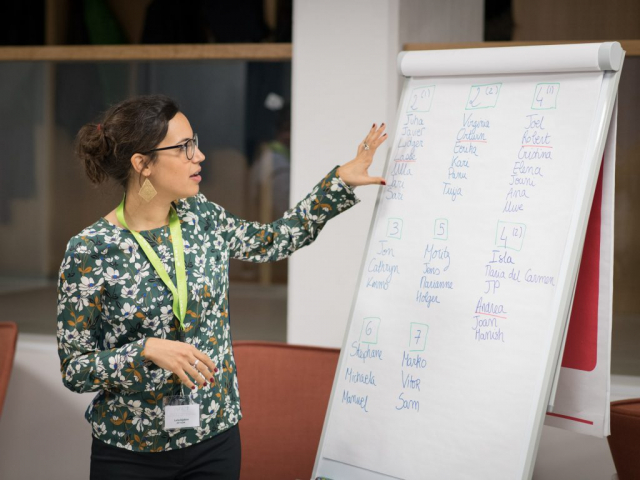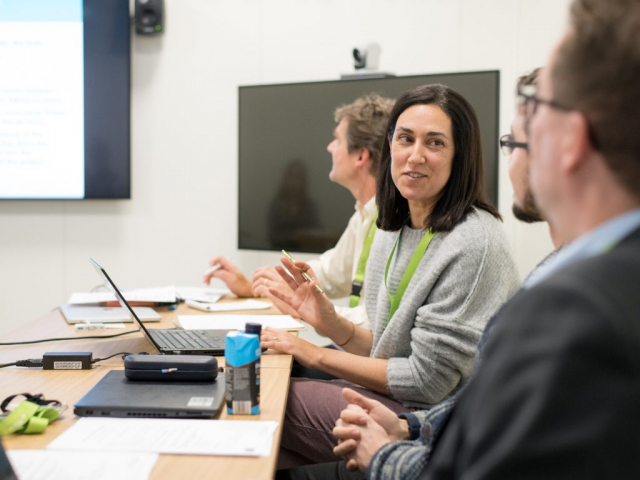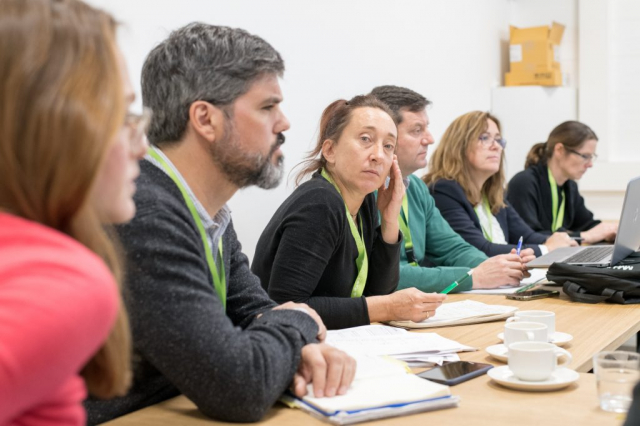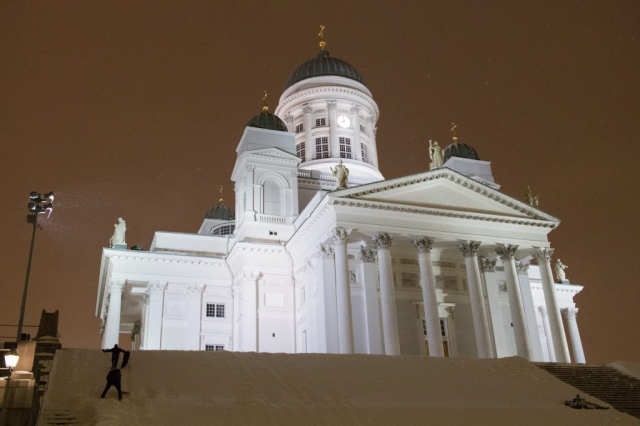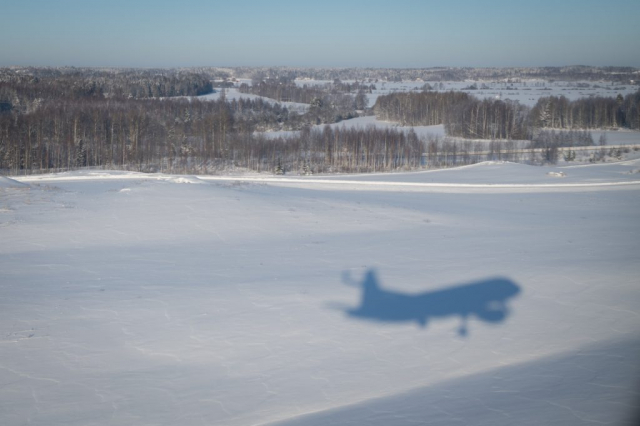Periodic project consortium meetings allow to review the progress on project tasks and enhance networking among the partners. This was also the overarching aim for the INFACT team which met in Helsinki, Finland, at the end of January, kindly hosted by the Finnish Environment Institute (SYKE).
As the meeting’s host country, Finland was in the spotlight throughout the whole week. Besides the warm welcome by Eva Furman, SYKE’s Director of the Environmental Policy Centre, the consortium learnt later on about Finland’s past experiences with mining activities, and about best practices to avoid environmental disasters like Talvivaara. These were especially highlighted in Eero Yrjö-Koskinen’s presentation about the Finnish Sustainable Mining Network, which is developing tools to improve the sustainability of mining and ore exploration in Finland. As a side note, and to complete the tour of Finland, the bravest partners also participated in a walking tour to discover Helsinki’s rich architecture and history (with -15 °C and a snow storm!) followed by a typical Finnish dinner to warm up body and soul.
INFACT involves two scientific communities, i.e. geoscientists (geologists and geophysicists) and social scientists. During the consortium meeting, efforts were put into adopting a common language and increasing the interactions between the different working groups. The organisers were pleased to receive enthusiastic feedback on the linking meeting sessions which resulted in fruitful interactions between partners from very diverse professional and cultural backgrounds, and several ideas for future joint activities.
Lively discussions arose around the keyword “benchmarking”: On the one hand, the participants aimed at reaching a better common understanding of the benchmarking framework from a geoscience perspective, clarifying how to asses that a technology is good for discoveries of new mineral deposits. On the other hand, fruitful discussions took place to analyse social and environmental aspects. It was underlined that profiling communities hosting the INFACT reference sites should thus have a clear understanding of their perception of mineral exploration. Furthermore, new concepts of assessing social acceptance, such as the Social License to Operate (SLO) index or due diligence were analysed.
The efforts of all partners converged towards the life after the project, which resulted in abundant exchanges and a number of key questions: How to derive a viable and profitable business model for the INFACT reference sites? Who will be the clients? How to set up a certification scheme? What are the current needs in the industry?
Another notable aspect of the consortium meeting was the rising interest around INFACT: With Anglo American and Rio Tinto, the project involves, for instance, two major mining companies. In addition, collaboration with other EU funded projects (PACIFIC) and industry leaders (CGG) has been established.
During the consortium meeting a special morning session was dedicated to the young scientists involved in the project. The main focus of this session was to gather their ideas regarding the activities within the project from a critical and fresh perspective.
Finally, the consortium meeting also provided the opportunity to discuss the project with a couple of invited external stakeholders and gather precious feedback on the ongoing and planned activities.
To conclude this week in Helsinki, a geophysical workshop provided a wonderful chance for junior scientists to exchange with experts of the geophysical community, namely Andrea Viezzoli (Aarhus Geofisica), Joel Jansen (AngloAmerican), Manish Kumar (RioTinto), Nikolaj Foged (Aarhus University), and Marko Holma (Muon Solutions). The workshop was effectively organised thanks to the expert geophysical knowledge of Elena Kozlovskaya, Isla Fernandez and Ana Bergshjorth and also came up with final plans of the exploration techniques to be used by INFACT in the coming months…stay tuned!


